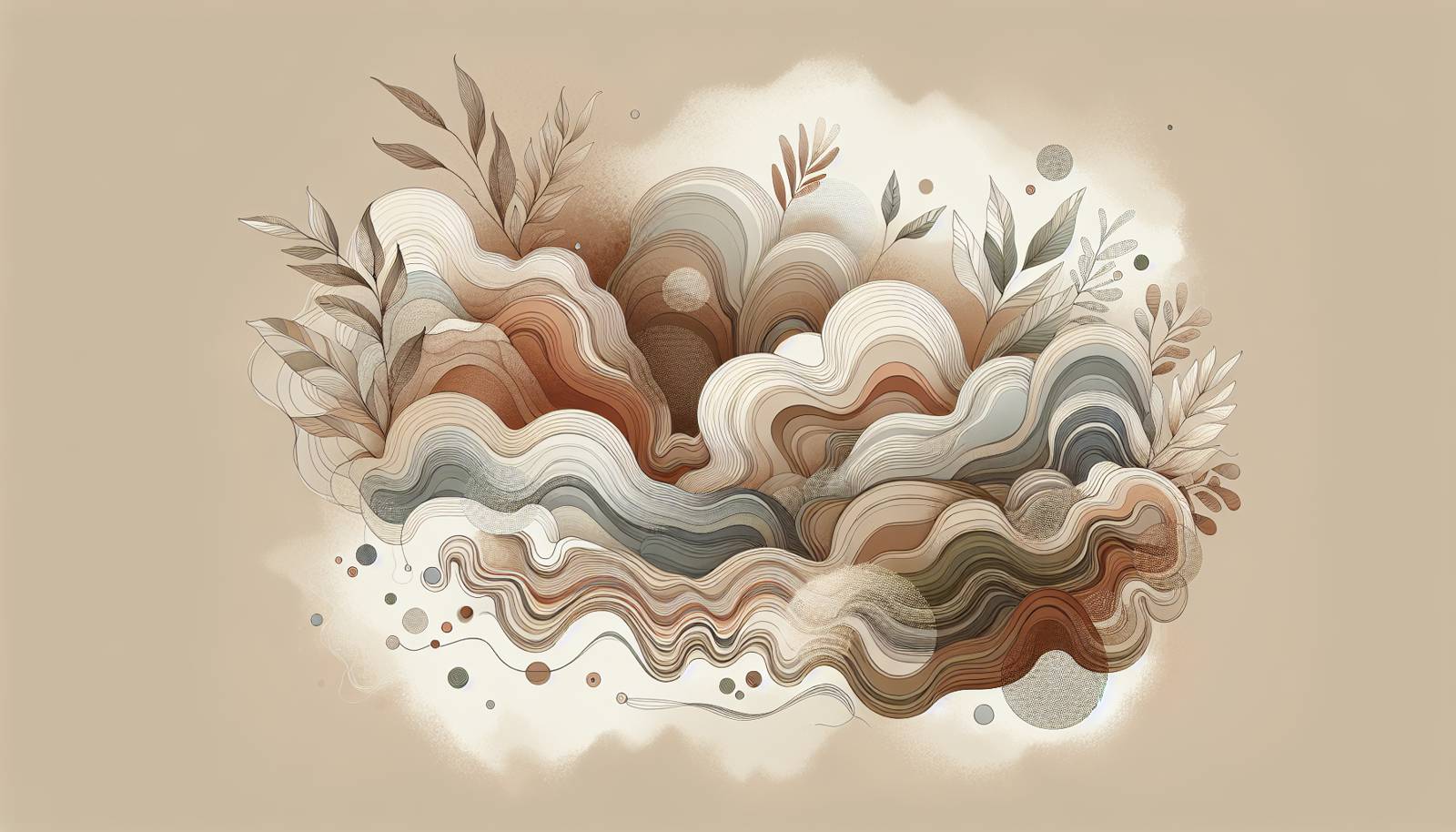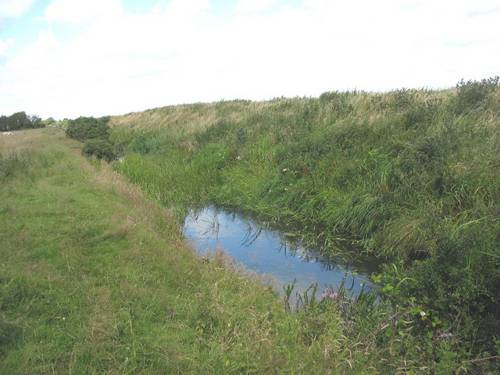
FAQ About Indoor Plant Soil Drainage Solutions

Why is soil drainage important for indoor plants?
Soil drainage is crucial for indoor plants because it prevents water from pooling at the base of the container, which can lead to root rot, a condition where roots suffocate and die due to lack of oxygen. Proper drainage allows excess moisture to escape, ensuring the roots receive oxygen and promoting overall plant health.

What are some signs that my indoor plant has poor drainage?
Signs of poor drainage in indoor plants include yellowing leaves, a foul smell from the soil, water puddling on the surface, and increased presence of pests like fungus gnats. These symptoms indicate that the roots may be drowning in excess water, leading to potential plant decline.

How can I improve drainage in potted plants?
To improve drainage, you can add materials like perlite or pumice to your potting mix to increase aeration. Ensure your pot has drainage holes at the bottom for excess water to escape. Additionally, place a layer of gravel or small stones at the bottom of the pot to facilitate better water flow.

What type of soil is best for indoor plants with drainage issues?
A well-draining potting soil mix is best for indoor plants prone to drainage issues. Look for a soil that includes components like pine bark, perlite, or sand, which enhance aeriation and moisture movement. Avoid dense, clay-heavy soils that retain too much water.

Can using a specific type of pot improve drainage for my indoor plants?
Yes, selecting pots made from porous materials like terra cotta can help improve drainage since they allow moisture to evaporate more readily from the soil. Also, ensure that any pot you use has enough drainage holes at the base to let excess water escape.

How do drainage holes help indoor plant health?
Drainage holes are vital because they allow excess water to exit the plant container, preventing waterlogging and root rot. They help maintain an optimal level of moisture around the plant roots and encourage healthy growth by allowing proper air circulation.

What can I do if my pot doesn't have drainage holes?
If your pot lacks drainage holes, you can either drill some yourself if the material allows it, or double-pot your plant. Double-potting involves placing your plant, pot and all, into a larger pot with drainage, allowing water to escape from the open pot while retaining decor aesthetics.

Are there any indoor plants that do not require good drainage?
Most indoor plants benefit from good drainage, but some water-loving plants like certain varieties of aquatic or semi-aquatic plants (such as Anubias or Lucky Bamboo) have less stringent drainage needs. However, these are exceptions, and most houseplants thrive in well-draining conditions.

How often should I check the soil drainage for indoor plants?
It's good practice to monitor your plant's drainage every time you water. Observe how quickly water exits through the drainage holes and check the pot’s weight before and after watering. A pot that remains heavy for long periods might indicate poor drainage and the need for intervention.

What are soil amendments and how can they help with drainage?
Soil amendments such as perlite, sand, or vermiculite can be mixed into potting soil to improve drainage. These amendments enhance the soil's texture and increase aeration, preventing it from becoming compacted and retaining excess moisture.

Can I use rocks in the bottom of plant pots for drainage?
Yes, adding rocks or gravel to the bottom of plant pots can help improve drainage by allowing space for excess water to collect away from the plant’s roots. However, it's more effective to use a well-draining potting mix in combination with the rocks for optimal results.

What should I do if my indoor plant's roots are rotting due to poor drainage?
If you suspect root rot due to poor drainage, remove the plant from its pot, trim away any mushy, discolored roots, and repot the plant in fresh, well-draining potting soil. Make sure the new pot has adequate drainage holes.

How can I test the soil drainage of my indoor plants?
To test soil drainage, water your plant thoroughly and observe how fast the water drains. If the water takes several hours to drain, your soil might be too compacted. Consider adding amendments like perlite to loosen the soil and encourage quicker drainage.

What role does potting mix play in indoor plant drainage?
Potting mix plays a significant role in drainage, as its composition determines how well water and air move through the soil. Choosing a mix with ingredients like perlite, bark, or sand helps ensure that excess water drains efficiently, while keeping the soil aerated.

Can over-watering occur even if the pot has good drainage?
Yes, over-watering can still occur despite good drainage if plants are watered too frequently or in excessive amounts. Always check the top inch of soil; if it's dry to the touch, the plant likely needs water. If it’s moist, wait before watering again.

Is it possible to improve drainage in existing pots without repotting?
Improving drainage without repotting can be challenging, but it can sometimes be done by carefully poking holes or grooves in the current soil with a chopstick to aerate it. Be sure to avoid damaging the plant roots in the process.

Do self-watering pots offer good drainage solutions?
Self-watering pots can offer a controlled way of managing soil moisture, but they do not necessarily improve drainage. They are best used for plants with moderate water needs and require regular checking to prevent waterlogging.

How does perlite help with plant drainage?
Perlite is a lightweight soil amendment that enhances soil structure by creating air pockets. These pockets improve aeration and facilitate water movement through soil, preventing compaction and allowing for better drainage.

What is the impact of soil compaction on drainage for indoor plants?
Soil compaction reduces the pore spaces available for air and water movement, leading to poor drainage. Compacted soil holds water and air poorly, which can starve roots of oxygen and leads to issues like root rot and stunted growth.

Are there specific indoor plants known for needing excellent drainage?
Plants like succulents and cacti are particularly known for needing excellent drainage due to their native arid environments. They store moisture in their leaves and stems and can suffer from root rot if left in waterlogged soil.
